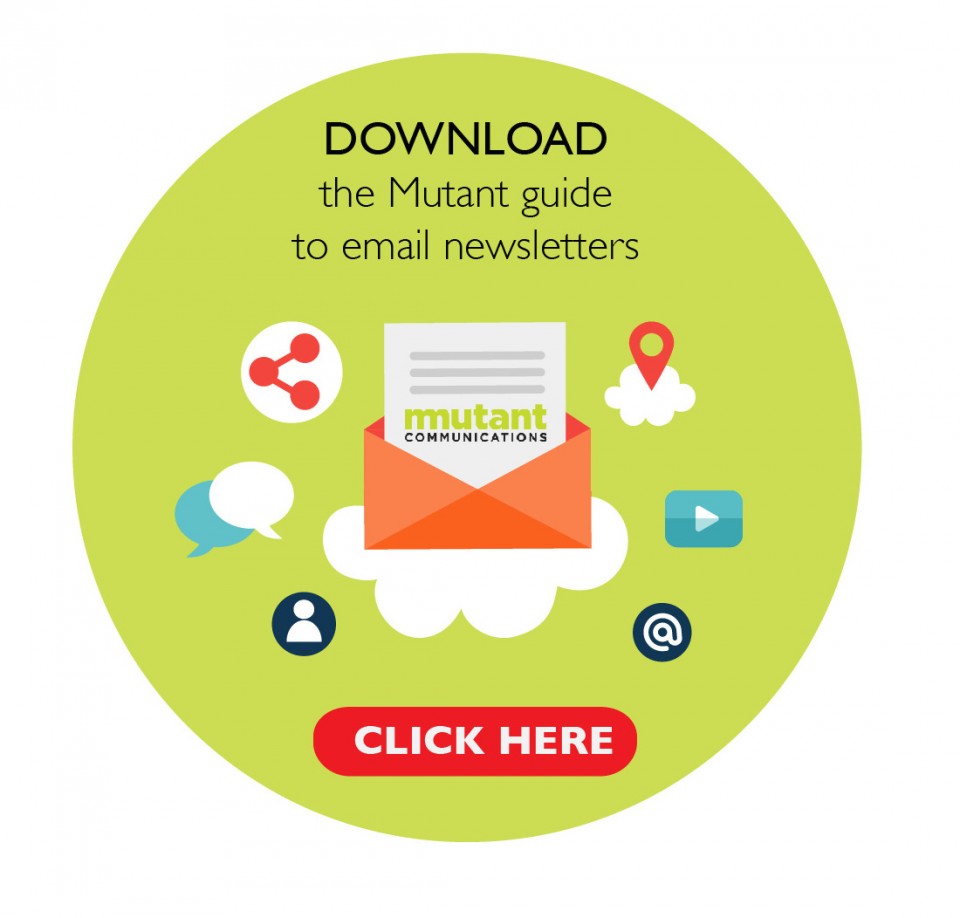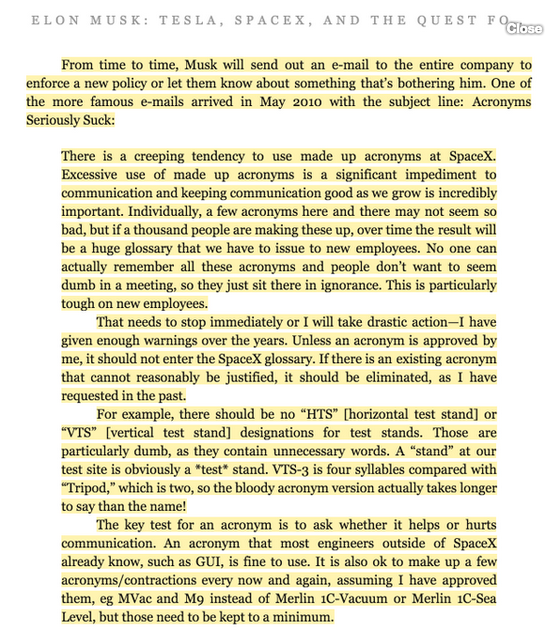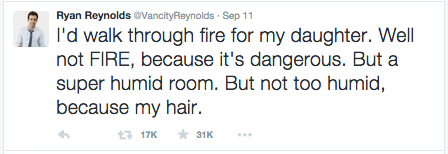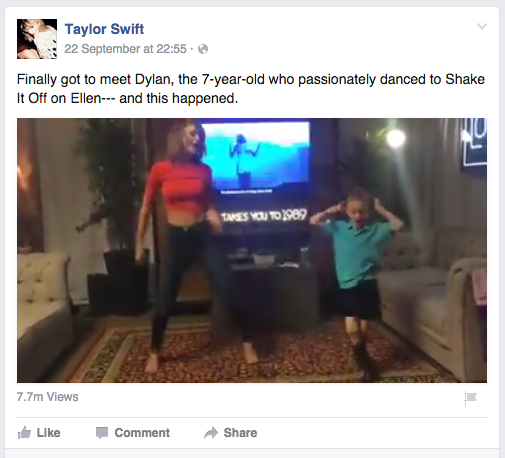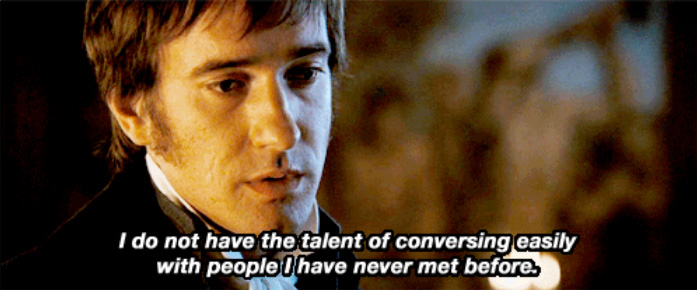Getting your point across in an email isn’t as easy as you think.
No matter who your customer base is, chances are they receive dozens of emails and newsletters every day, informing them of special deals, new information or other updates to their business that might be of interest. It’s incredibly easy to get lost in the noise.
People are busy, and you have about one second to grab their attention when your newsletter pings in their inbox (check out my previous blog to help you create a newsletter people actually want to read.) That one second comes down to what you choose to put in your subject line. It’s what determines whether they click to open, or click to delete.
After all, what’s the point in sending out the greatest email there ever was, if no one opens it?
I subscribe to pretty much everything, so as you can imagine I’ve got a decent sample of both good and bad newsletters to draw inspiration from. There are a bunch I delete without taking a second look, but what about the ones that I actually do bother to open and actually read?
Here are some examples of effective emails that have landed in my inbox, which compelled me to click.
Zalora
Email Subject: How to look stunningly well dressed for any occasion
Content: Fashion/clothing options for any occasion
Zalora have crafted some amazing emails and really know how to use the power of email marketing to get directly in front of their readers. They have used what is called a “trendy topic” headline and made it catchy and relevant to their subscribers.
AirAsia
Email Subject: HURRY, grab your FREE SEATS now! Only 4 days left!
Content: A selection of destinations across Asia with free flights
Most people know AirAsia, and in this particular email they have really drawn on the “free” aspect to get people’s attention. Their audience are regular travellers looking out for cheaper deals (why else would they subscribe to a budget airline newsletter?) and so the use of the word “free” is an instant attention-grabber. The subject also has created a sense of urgency that encourages readers to click through – a very clever move.
The attraction to open email newsletters is heavily based on what is written in the subject and how much it appeals to a person at that particular time.
Here’s what you should be doing with your email subject line:
Summarise, and leave the reader wanting more: In a very short 40-50 characters (or less), you will need to summarise what your email/newsletter/offer is about. Keep your readers curious and encourage the clickthrough.
Make it urgent: Where possible, make the reader feel they must know the information you are presenting to them NOW. This is more likely to encourage people to take action with fear of feeling left out.
Keep the content relevant: Writing catchy subject lines doesn’t mean succumbing to clickbait. Your readers will get annoyed if your content is not relevant to what is written in the subject. You can be creative and quirky to capture attention, but ensure that your content is related.
Ask yourself why?: Why would (or should) people bother opening your email? Is what you’re saying important and worth opening to investigate further? Just because it matters to you, that doesn’t mean it appeals to others, so do your research.
If you would like to look at ways to incorporate e-newsletters into your marketing and PR strategy, get in touch with us at [email protected]

